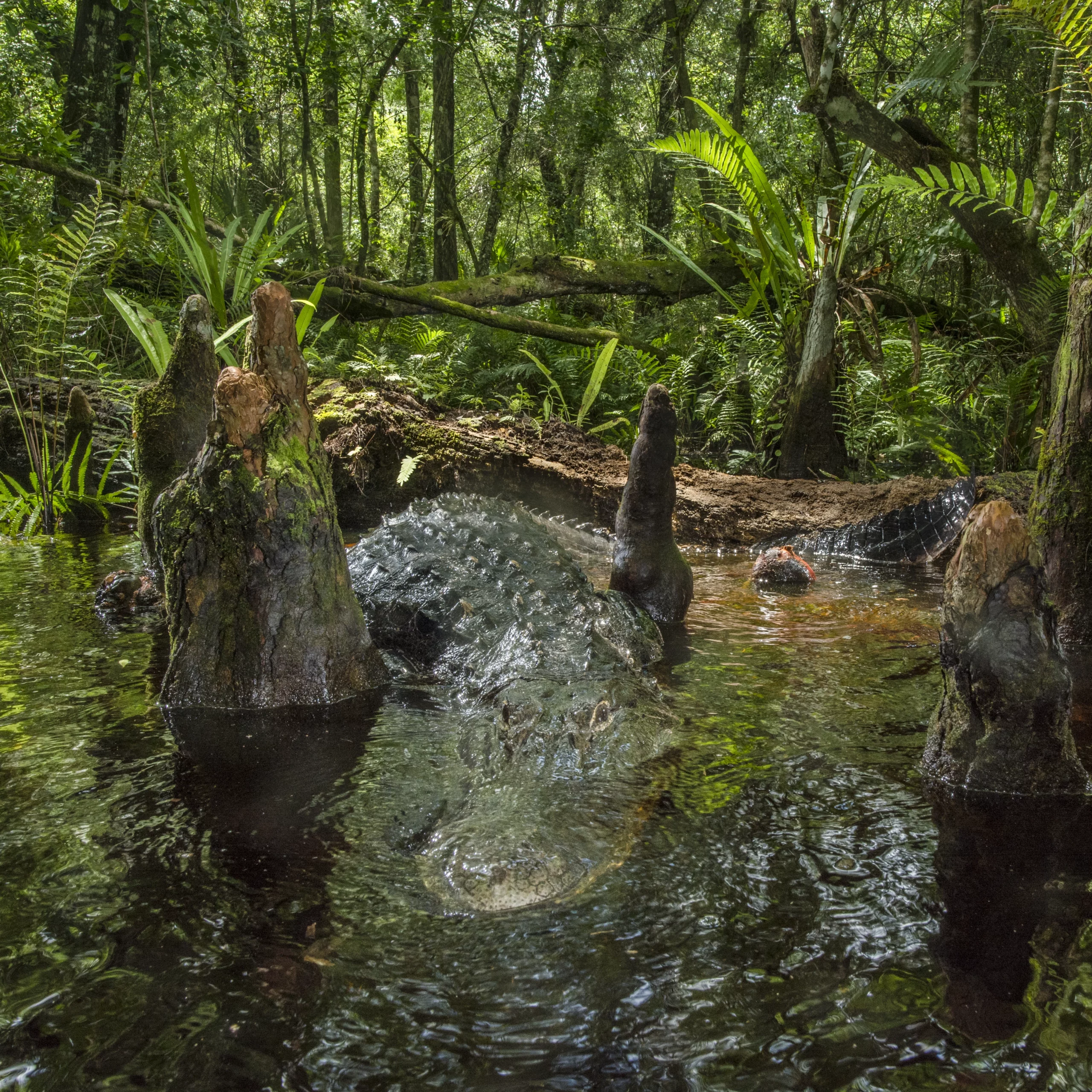by Carlton Ward Jr. | June 29, 2017
Florida Wild: Low-Tide Labyrinth
Photographs & Field Notes from the Gulf Coast

Years ago, I was working on a project with the Florida Humanities Council and the Florida Institute for Saltwater Heritage to celebrate Gulf Coast fishing communities. Nearshore aquaculture was the cornerstone of the story.
The tides in the Gulf of Mexico are complicated. In deeper waters, like the Atlantic, you can set your watch by them. But because nearshore Gulf waters are so shallow and easily disrupted, the timing of coastal tides are better predicted by the records from previous years than by moon phases alone. During that project, I watched the weather for weeks, tide chart in hand, waiting for a full or new moon to coincide with a low tide and a passing winter cold front. I knew that strong northeasterly winds would amplify low tide by driving outgoing water further from coastal estuaries. An exaggerated low tide, combined with early morning or late afternoon light, was exactly what I needed to expose the oyster and clam beds near Cedar Key.
On the day I set off to photograph this area, the pilot from Steinhatchee landed at the Cedar Key airstrip to collect me and the stiff crosswind nearly blew his Cessna 152 off the runway. Taking off was easier, and we soon saw the exposed sandbars and oyster beds below. Flying 100 miles per hour with the window open in 20-degree temperatures wasn’t fun, but the perspective was worth it.
First, we circled over the clam beds south of the islands to showcase the clam aquaculture that helped the region survive a net ban in the ’90s, when the sports fishing industry led a campaign to ban commercial net fishing in nearshore waters. This was a big blow to old-time fishing communities like Cedar Key, which fared better than most because clam aquaculture provided an alternative livelihood on the water.
Mission complete, we flew a few miles north toward the mouth of the Suwannee River. On our way there, I saw an airboat winding through a labyrinth of oyster beds and captured this frame.





